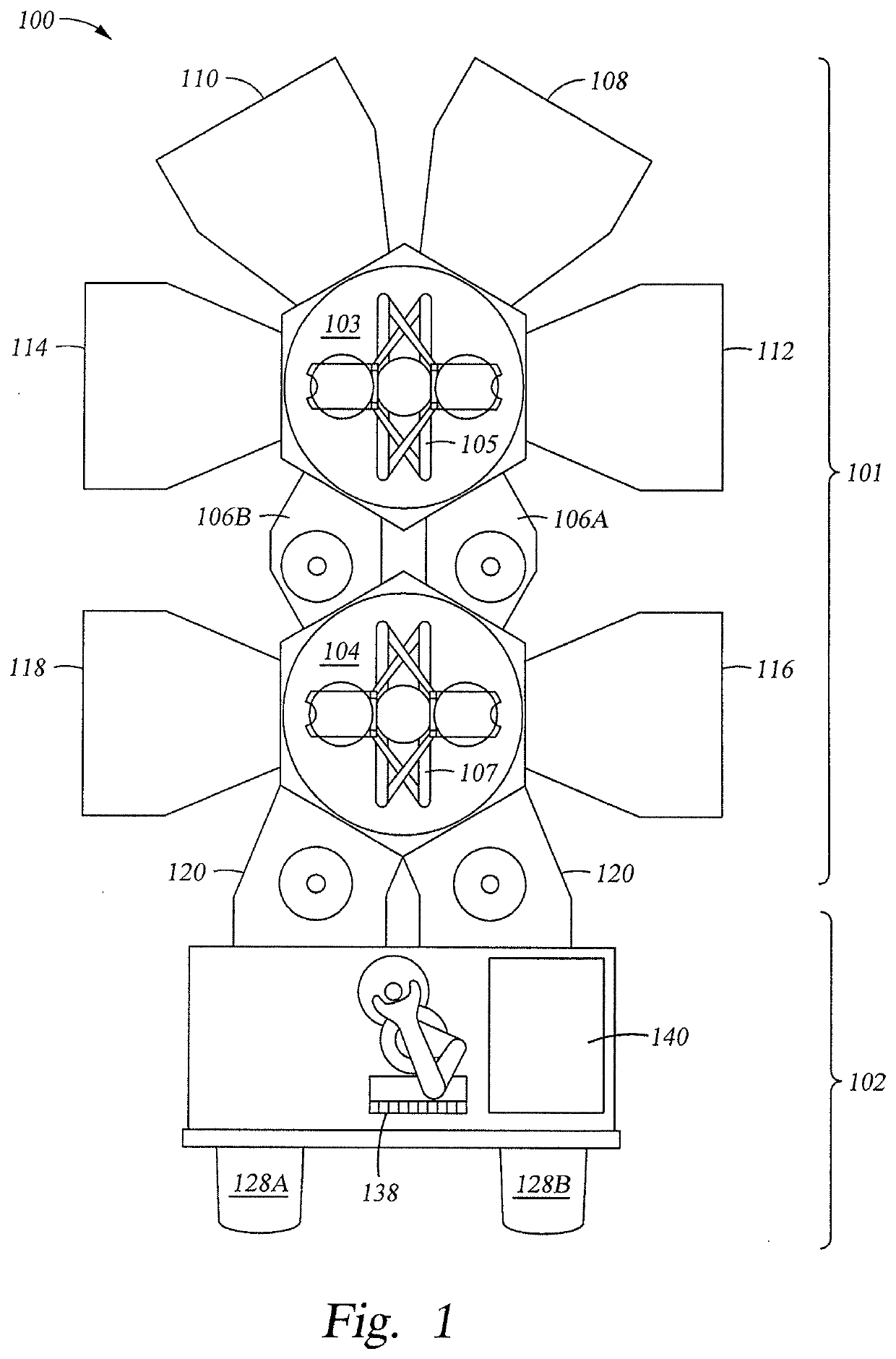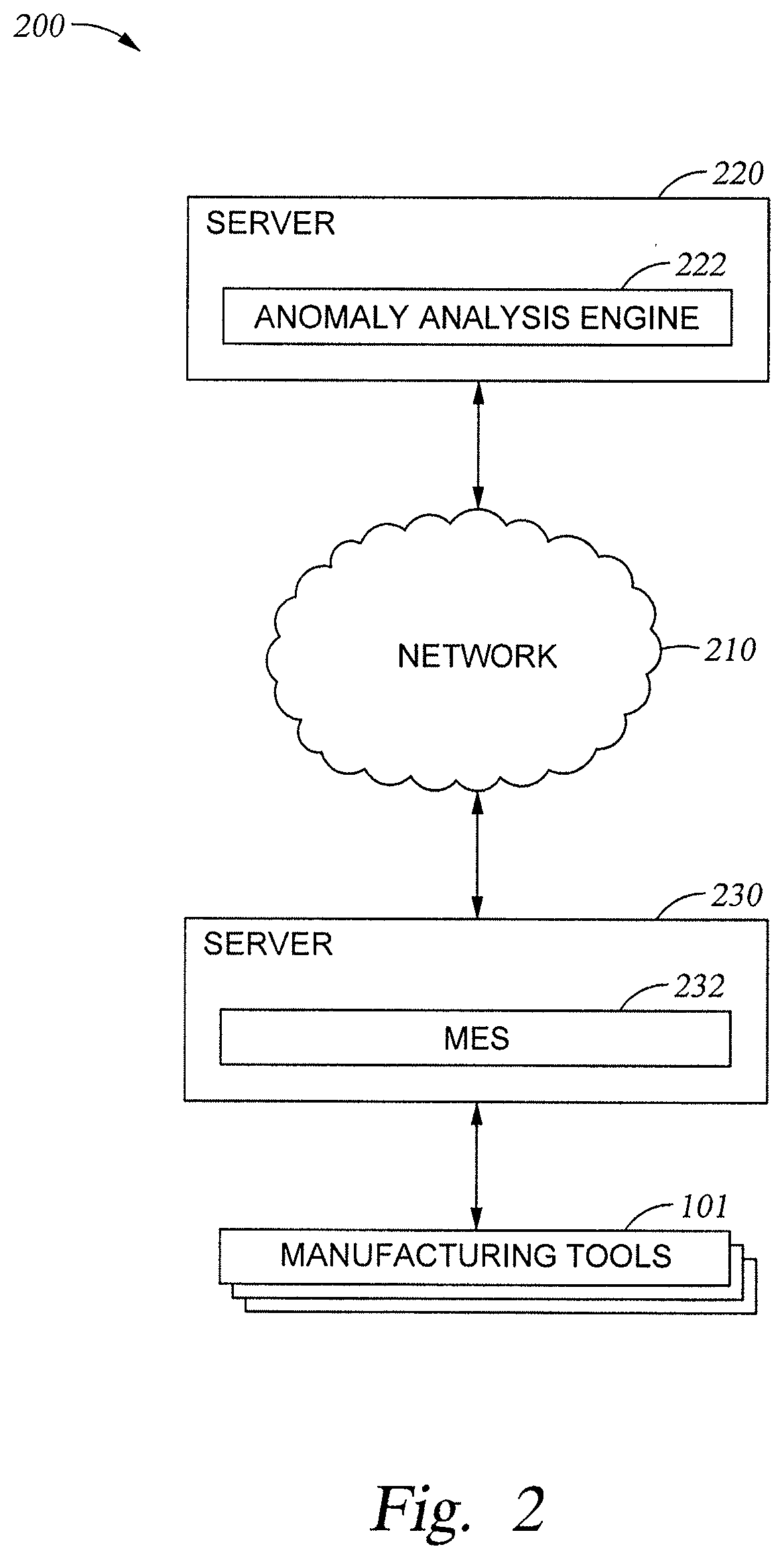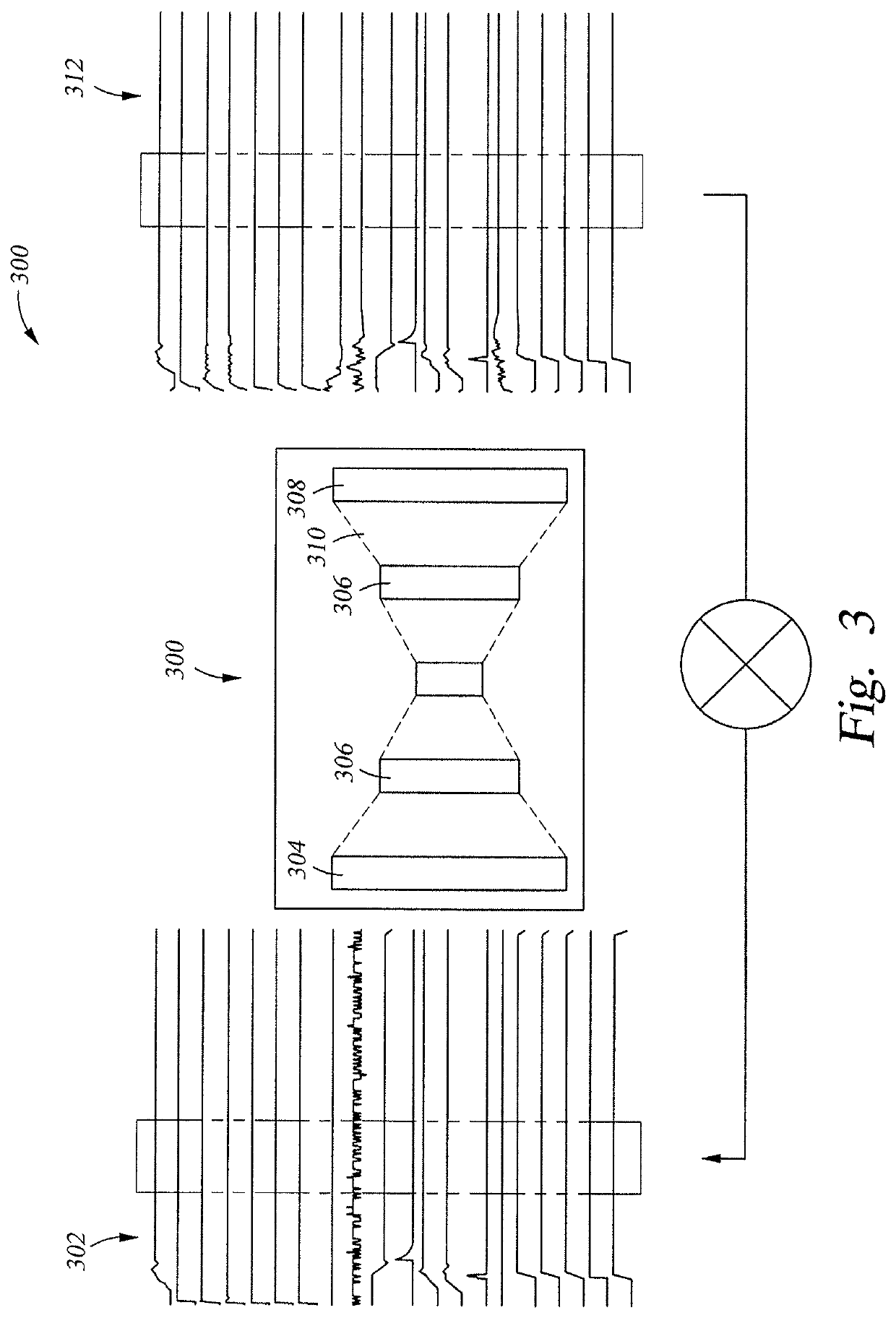Deep auto-encoder for equipment health monitoring and fault detection in semiconductor and display process equipment tools
a technology of auto-encoding and equipment health monitoring, applied in the field of timeseries traces, can solve the problems of high false positive rate and not automated, statistical methods cannot detect short-time signal perturbations in data received from sensors over time, and rebuild the model is very time-consuming, so as to minimize the reconstruction error of training time-series traces
- Summary
- Abstract
- Description
- Claims
- Application Information
AI Technical Summary
Benefits of technology
Problems solved by technology
Method used
Image
Examples
Embodiment Construction
[0019]The following disclosure describes method for detecting anomalies in time-series data received from a plurality of sensors of the manufacturing tools. Certain details are set forth in the following description and in FIGS. 1-7 to provide a thorough understanding of various implementations of the disclosure. Other details describing well-known structures and systems often associated with plasma etching are not set forth in the following disclosure to avoid unnecessarily obscuring the description of the various implementations.
[0020]Many of the details, dimensions, components, and other features shown in the Figures are merely illustrative of particular implementations. Accordingly, other implementations can have other details, components, dimensions, angles and features without departing from the spirit or scope of the present disclosure. In addition, further implementations of the disclosure can be practiced without several of the details described below.
[0021]As processes (e....
PUM
 Login to View More
Login to View More Abstract
Description
Claims
Application Information
 Login to View More
Login to View More - R&D
- Intellectual Property
- Life Sciences
- Materials
- Tech Scout
- Unparalleled Data Quality
- Higher Quality Content
- 60% Fewer Hallucinations
Browse by: Latest US Patents, China's latest patents, Technical Efficacy Thesaurus, Application Domain, Technology Topic, Popular Technical Reports.
© 2025 PatSnap. All rights reserved.Legal|Privacy policy|Modern Slavery Act Transparency Statement|Sitemap|About US| Contact US: help@patsnap.com



